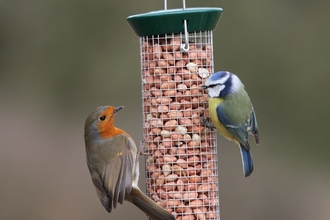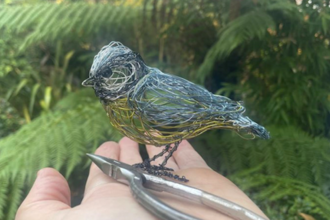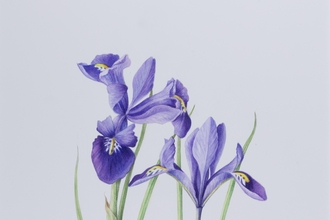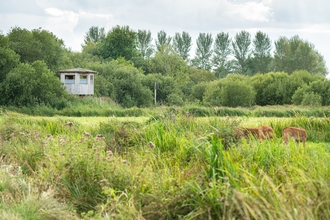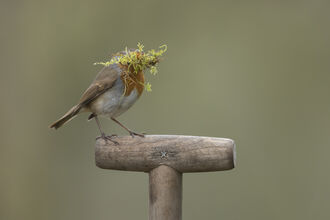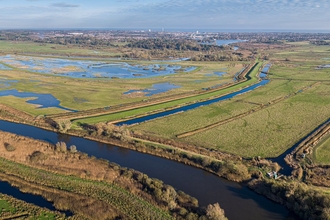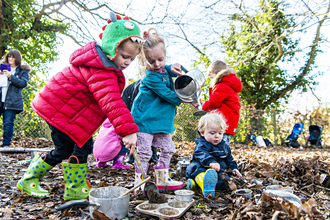The visitor centre and toilets are closed Christmas Eve, Christmas Day and Boxing Day. The reserve and car park remain open.
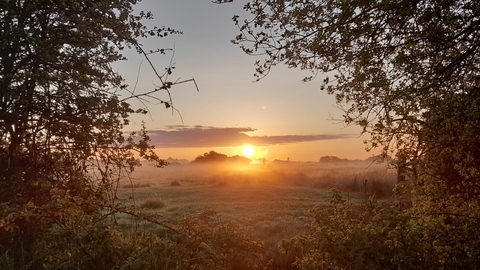
Beautiful sunrise at Carlton Marshes – Gavin Durrant
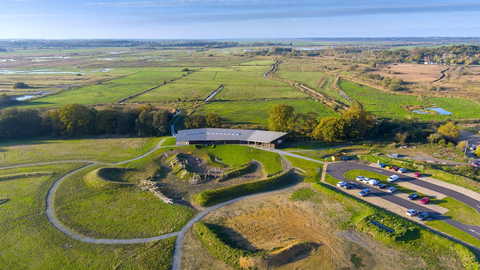
Carlton Marshes - John Lord
Lightning trees at Carlton Marshes - Jack Cripps
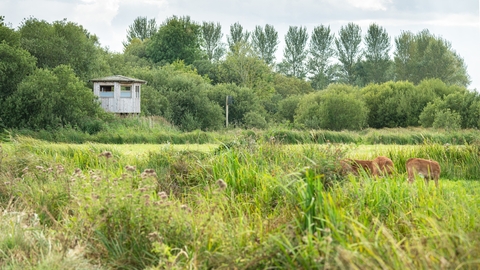
Hide at Carlton Marshes - Dave Collins
Carlton Marshes Nature Reserve & Visitor Centre
Location
Know before you go
Dogs
A Public Space Protection Order on the reserve requires dogs to be kept on a short lead at all times.
When to visit
Opening times
Visitor centre (Apr-Sept) 10am - 4:30pmVisitor centre (Oct-Mar) 10am - 4pm
Nature reserve open dawn til dusk.
*Please note Visitor Centre and toilets are closed Christmas Eve, Christmas Day and Boxing Day. The reserve and car park remain open.
Best time to visit
All year roundAbout the reserve
An astounding 28 species of dragonfly have been spotted here. Carlton Marshes is situated in the Waveney Valley at the southern tip of the Broads National Park, on the Suffolk-Norfolk boarder. It comprises a jigsaw of grazing marsh, fens, peat pools, short fen meadow, tall fen (called 'tall litter fen'), dykes, pools and scrub. Mostly man-made, these habitats have developed over hundreds of years of traditional management and now host specialised wildlife.
The flower studded marshes drained by a system of dykes and grazed by cattle in summer creates a paradise for marshland birds and birds of prey including hobby and marsh harrier. In early summer there is a fabulous display of southern marsh orchid, marsh marigold and ragged-robin, together with the scarcer bogbean, bog pimpernel and marsh cinquefoil. Water vole may also be seen near the visitor centre and in and around the dykes, along with plants including water soldier and frogbit. These habitats are ideal for the rare fen raft spider which was successfully reintroduced to the reserve in 2012. Carlton & Oulton Marshes are also one of the best places in the UK for a range of freshwater snails which reflects the good water quality in the dykes.
Both Sprat’s and Round Water are the result of peat digging carried out long ago. The open water in both these pools is heaving with life including insectivorous bladderwort. This unusual plant lives off unsuspecting water fleas which it traps and digests in bladder-like sacs under water.
The reserve is also one of the best sites in East Anglia to see grasshopper warblers. The reed and sedge beds along the river wall make ideal nesting cover for reed and sedge warblers, bearded tit, Cetti’s warbler and marsh harrier. The grazing marshes are also ideal for wintering wildfowl and breeding waders with lapwing and redshank displaying through the spring and large numbers of wigeon, teal and snipe in winter.
Contact us
Carlton Marshes visitore centre shop - Jack Cripps
Café & shop
Enjoy hot drinks, fresh lunches and baked treats in our welcoming cafe, with beautiful views over the marshes. In our shop we have a wide range of wildlife-themed gifts, accessories and books; plus we stock a selection of Viking binoculars, with a stand to try-before-you-buy.
Every penny you spend in our cafe and shop supports our work for Suffolk's wildlife and wild landscapes.
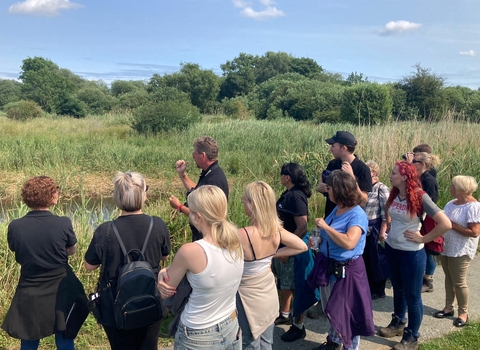
Centre staff and volunteers tour of Carlton
Group visits
We welcome groups of all sizes at Carlton Marshes and can provide guided walks, introductory walks and refreshments.
If you are looking to arrange a group or school visit, please email us and we will help you get the most from your visit:

Discovery Room at Carlton Marshes visitor centre - Peter Cook
Venue hire
Our Discovery Room in the visitor centre is available to hire for events, meetings, away-days and exhibitions. The space can accommodate up to 50 people and has easy access to our café plus is equipped with tables, chairs, Wi-Fi, screen, and projector.
To find out more and to book, please email us:
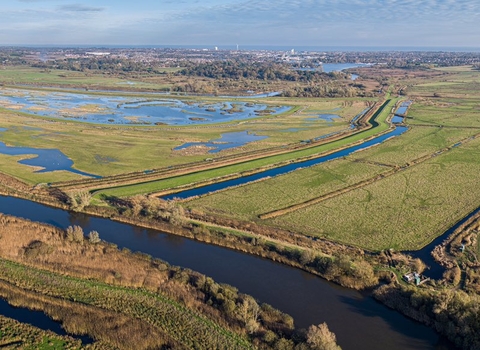
credit John Lord
5k running route
We welcome runners to enjoy any of our reseve trails. You can also join the popular Angles Way heritage trail from the visitor centre.
If you are up for a challenge, our volunteers have created a circular 5k loop in Garmin Connect:

